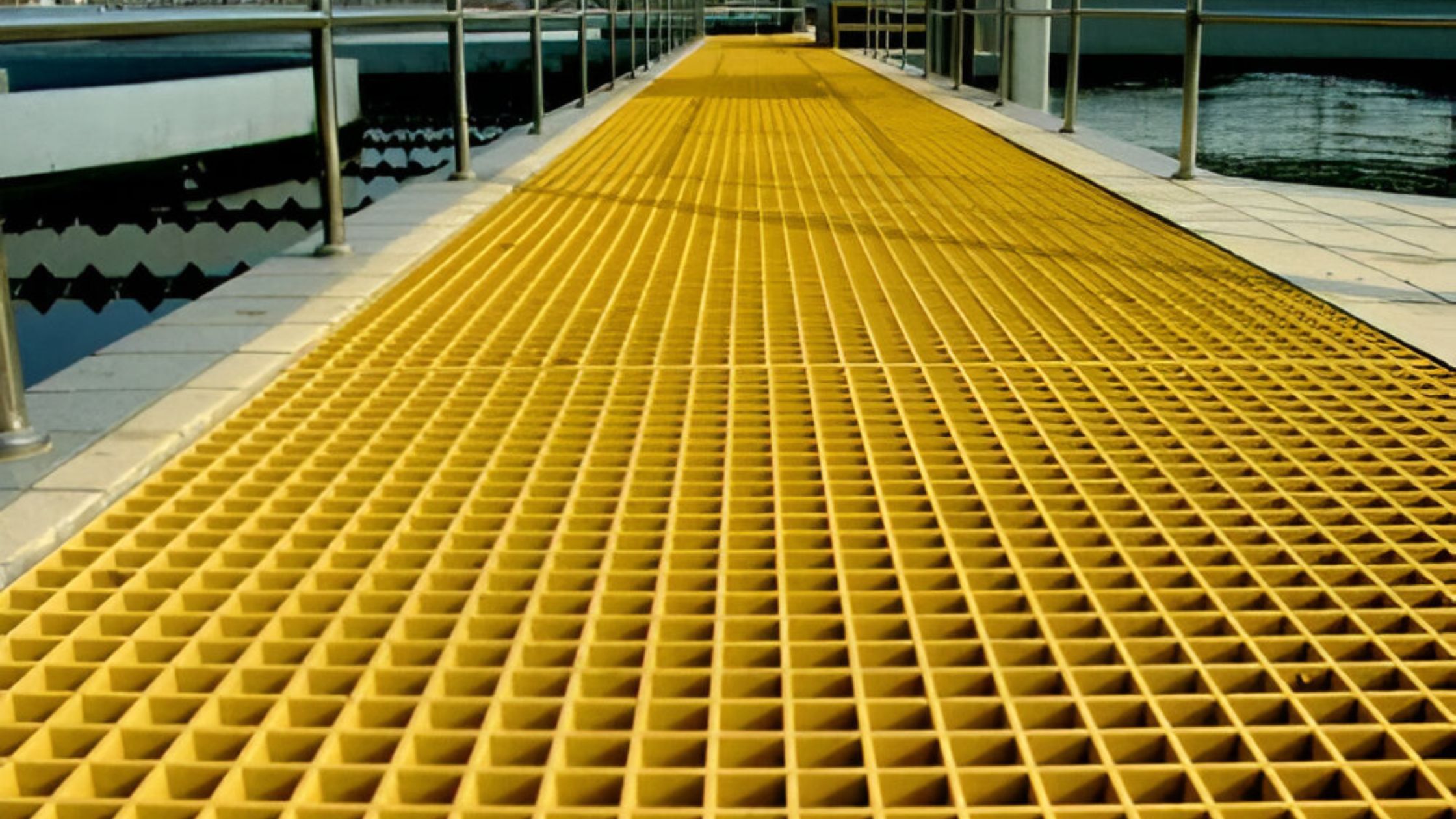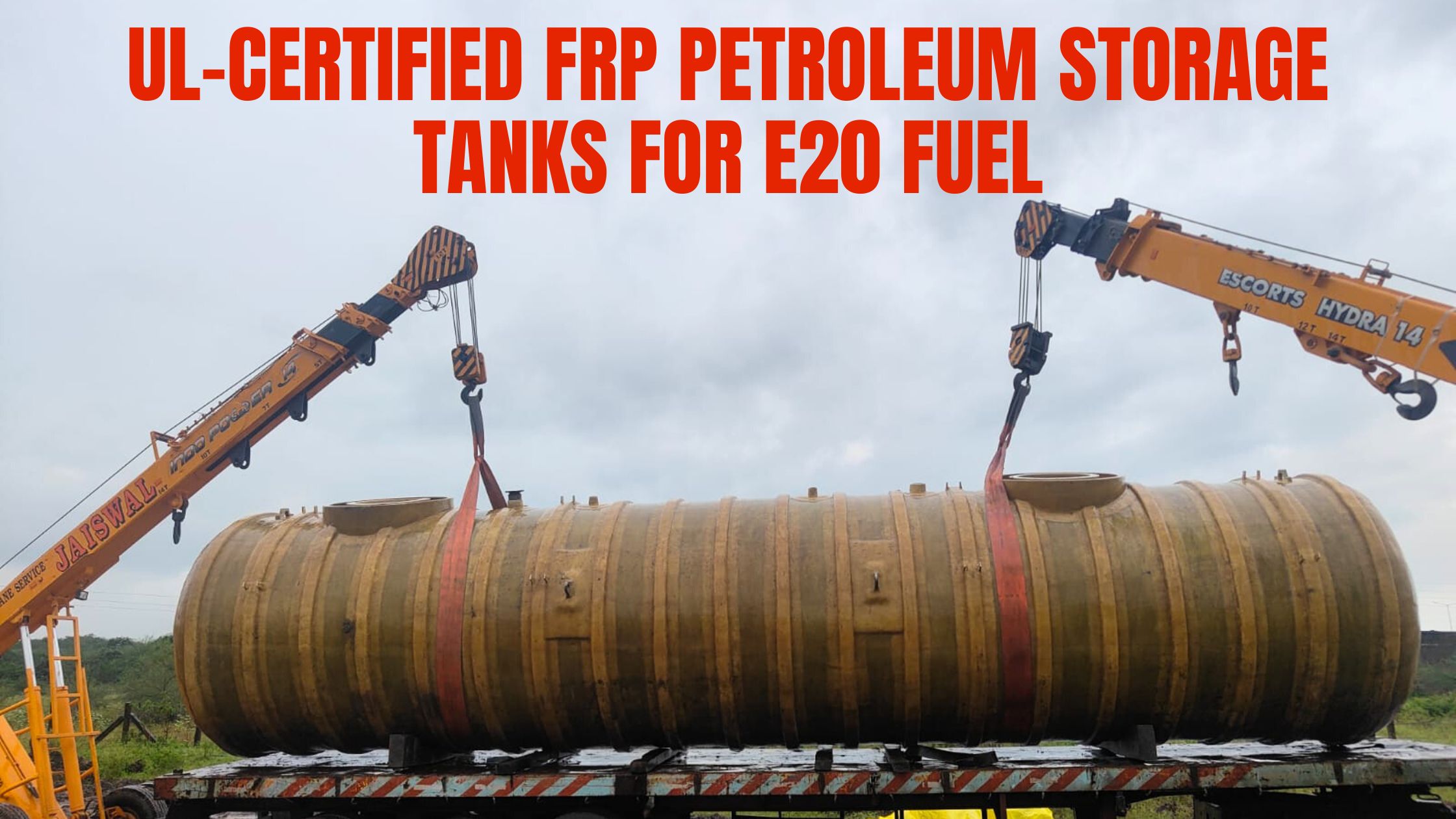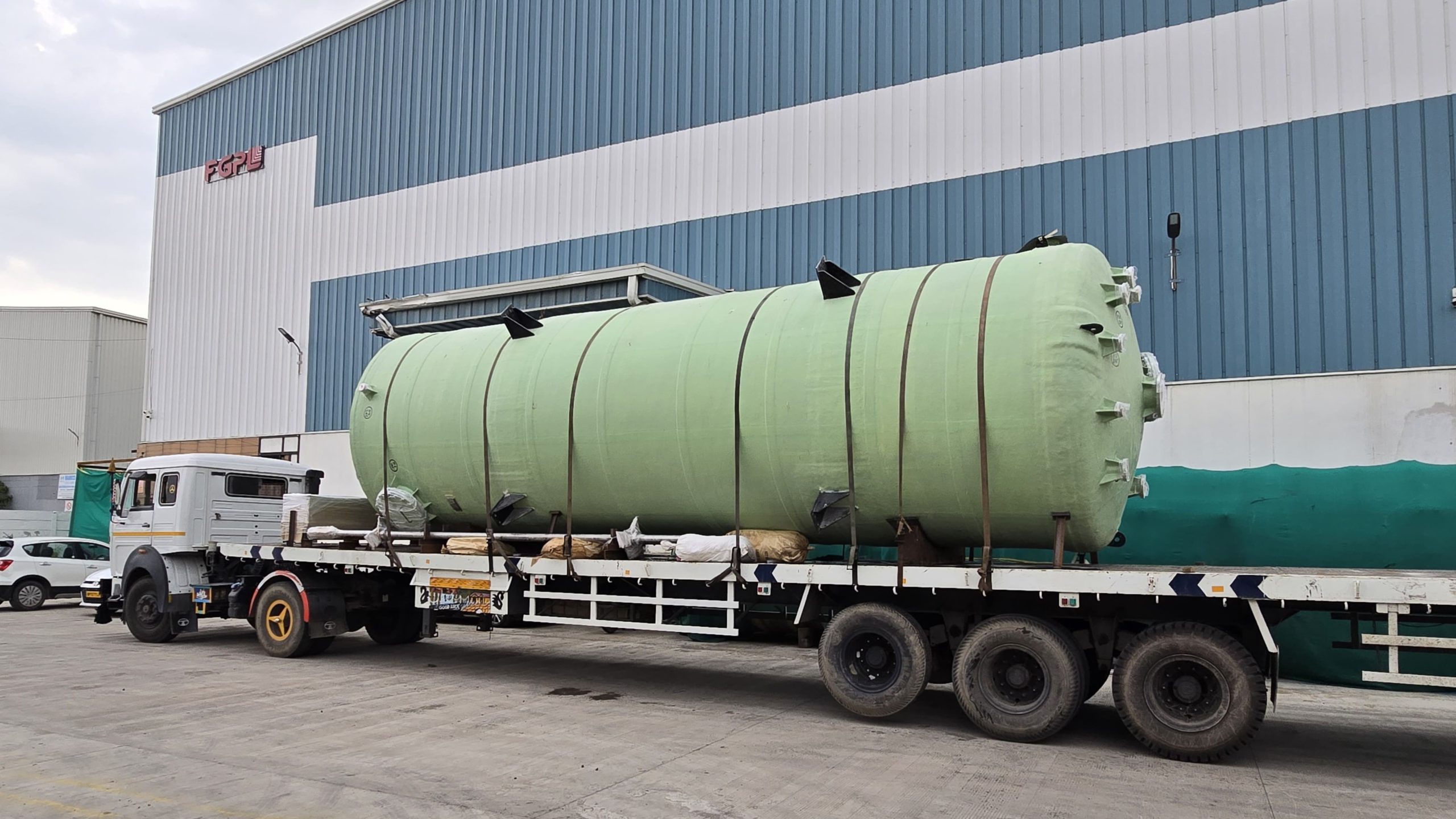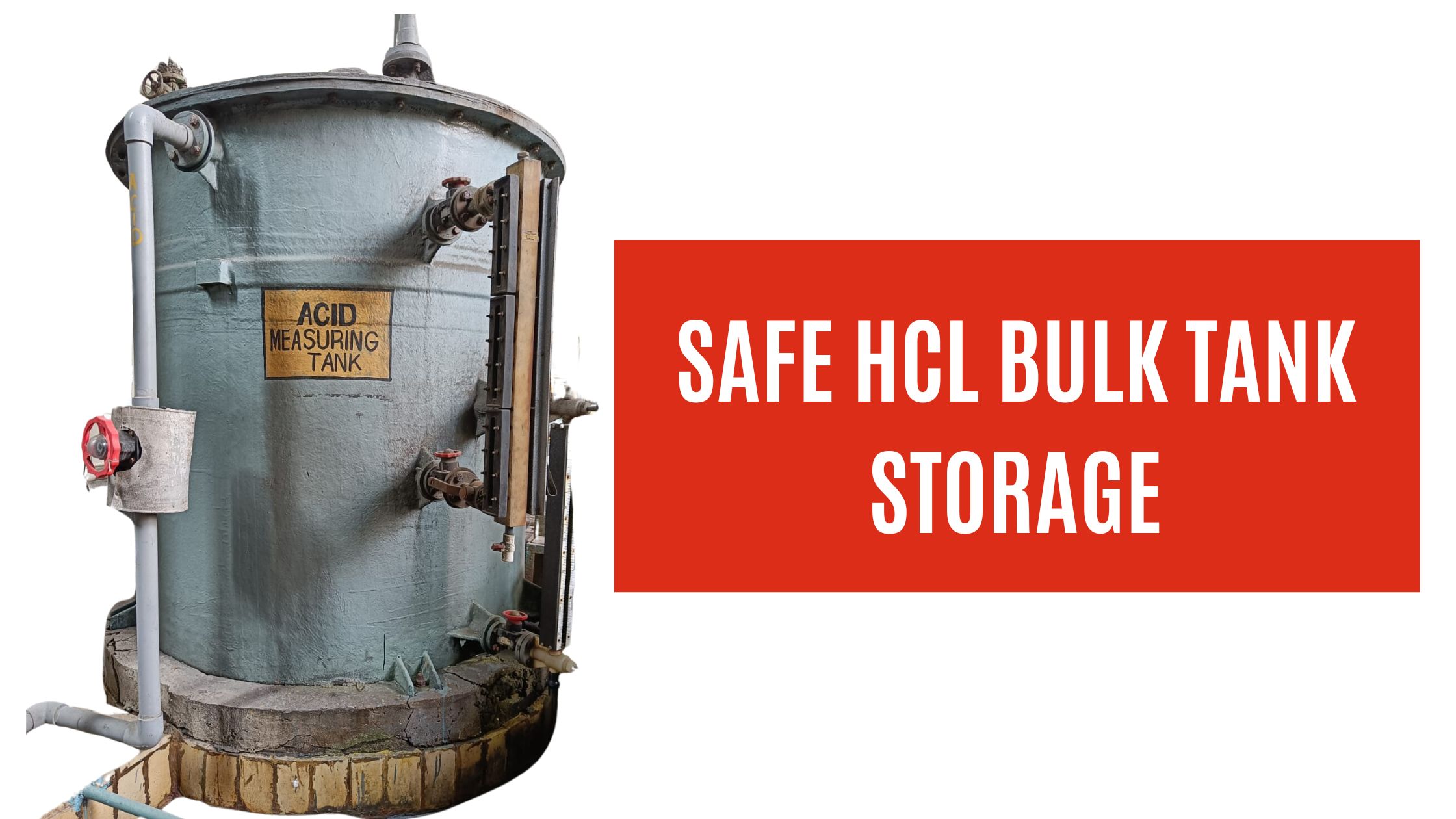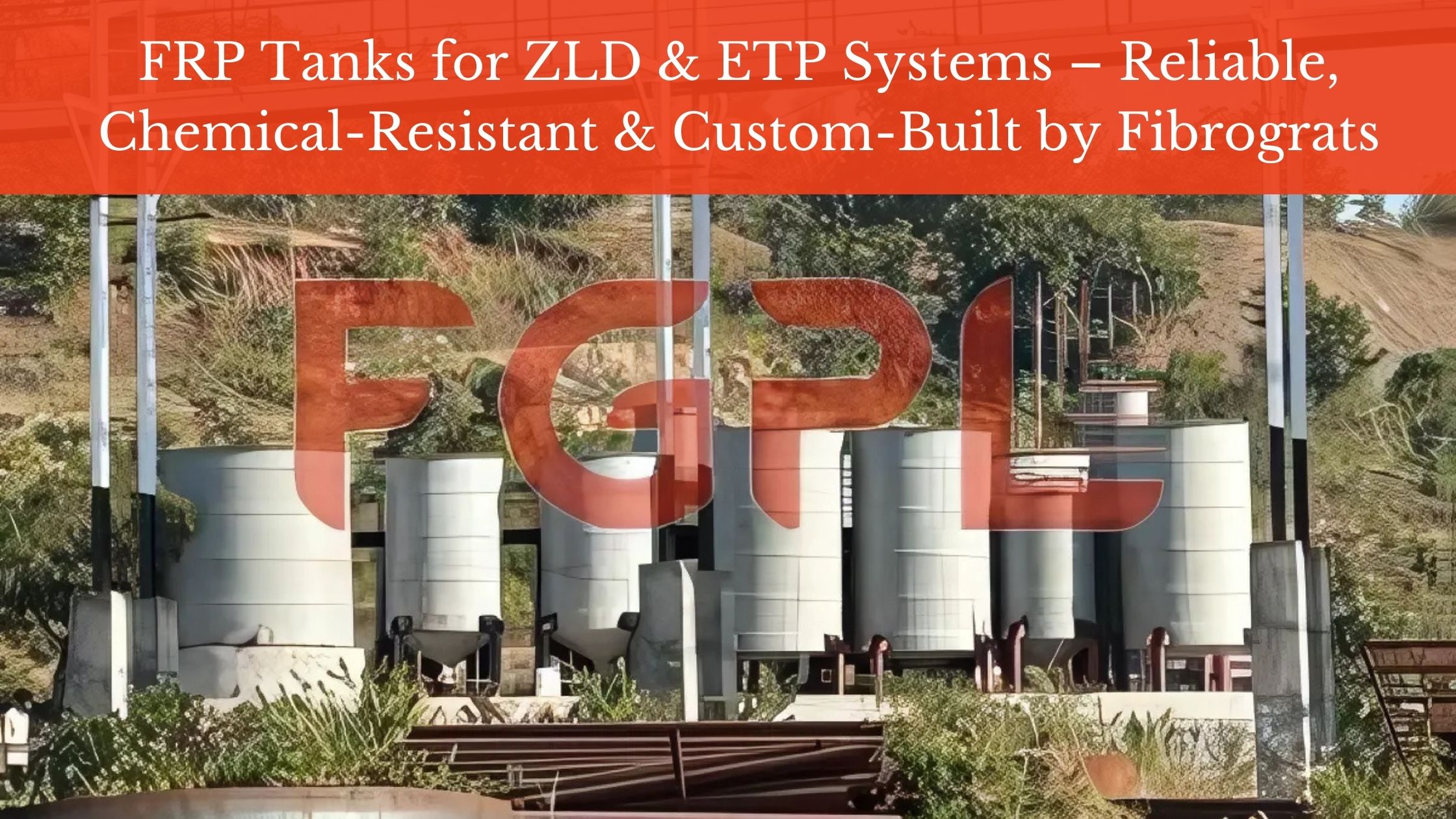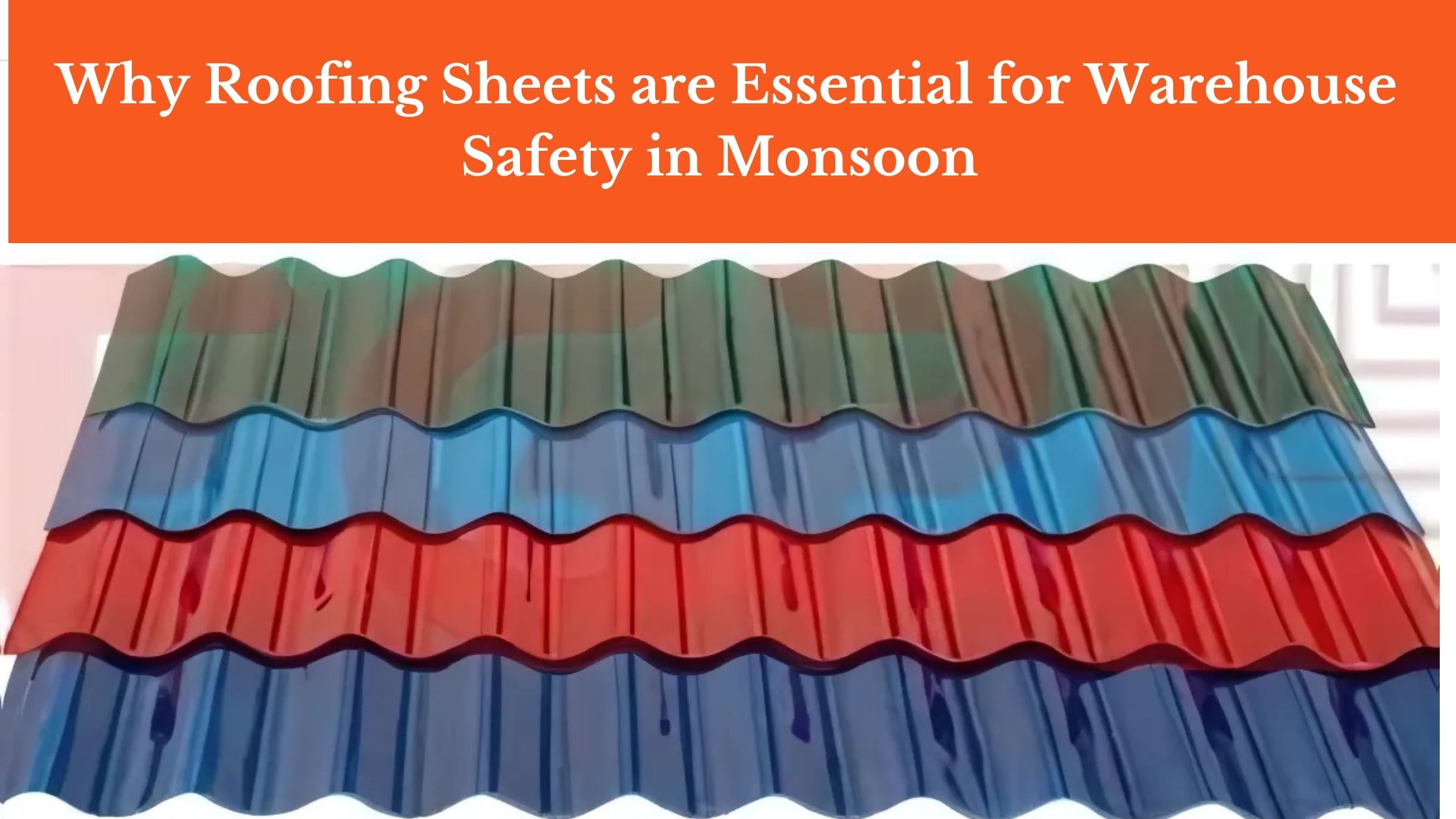When winter arrives, freezing temperatures, ice, and snow challenge the durability of industrial materials. Many materials, including metal and wood gratings, tend to crack, corrode, or warp under extreme weather conditions. For businesses and industries operating in such climates, ensuring safety and structural stability is a must.
This is where FRP grating solutions come into the picture. FRP (Fiber Reinforced Plastic) gratings are becoming increasingly popular for industrial applications, thanks to their durability and resistance to harsh environments. When other materials fail in the cold, FRP gratings provide a reliable and long-lasting solution.
In this blog, we’ll explore how FRP gratings stand up to winter’s freezing conditions, their features, and their advantages over traditional materials like metal and wood. Whether you need walkways, platforms, or drainage covers for icy environments, this winter durability guide will help you understand why FRP grating solutions are the best choice.
Understanding FRP Gratings and Their Structure
FRP gratings are industrial products made by reinforcing plastic with strong fiberglass strands. This structure gives them a lightweight yet highly durable form, capable of withstanding extreme conditions.
Types of FRP Gratings
- Molded fiberglass grating: Manufactured using molds, offering better corrosion resistance and flexibility.
- Pultruded grating: Made by pulling fiberglass through resin, resulting in stronger gratings ideal for heavy-duty applications.
The Role of Resin in Durability
The resin used in FRP gratings enhances their durability by making them resistant to chemicals, corrosion, and cracking. In winter, the right resin ensures the grating remains intact, even when temperatures drop far below freezing.
Challenges of Freezing Weather for Conventional Grating Materials
Winter conditions can be particularly harsh on materials like metal and wood, leading to safety issues and frequent maintenance requirements.
How Metal Gratings React to Cold
- Rust and Corrosion: Metal rusts easily when exposed to moisture, which worsens with de-icing salts.
- Cracking and Structural Weakness: Extreme cold can cause metals to become brittle and crack.
How Wood Gratings React to Cold
- Swelling and Warping: Wood absorbs moisture from snow, leading to swelling.
- Splitting: Freezing and thawing cycles weaken the structure, causing the wood to crack.
Why FRP Gratings Outperform Metal and Wood
FRP gratings are non-corrosive and lightweight, offering better performance without the risks associated with metal or wood. They maintain their integrity despite exposure to freezing temperatures, snow, and chemicals.
Why FRP Gratings Are Ideal for Cold Climates
Anti-Slip FRP Solutions: Safe Traction in Snow and Ice
FRP gratings come with anti-slip surfaces that provide reliable footing, even in slippery winter conditions, reducing the risk of accidents.
Thermal Resistance: No Cracking or Deformation
Unlike metals, which can become brittle, FRP gratings remain strong and stable at very low temperatures, making them suitable for long-term outdoor use.
Low Thermal Conductivity: Prevents Heat Loss
FRP materials do not conduct heat, minimizing frost buildup on the surface and preventing energy loss from underlying structures.
Key Features Making FRP Gratings Suitable for Winter Use
- Lightweight and Easy to Install: Even in snowy weather, FRP gratings are easy to handle and install without heavy machinery.
- Chemical Resistance: FRP gratings withstand exposure to de-icing salts, unlike metal gratings that corrode over time.
- Non-Corrosive Nature: The fiberglass structure ensures these gratings remain rust-free, extending their lifespan significantly.
- Customizable Designs: Whether you need molded fiberglass gratings or heavy-duty pultruded options, FRP can be customized for specific applications.
Maintenance Tips for FRP Gratings During Winter
Proper maintenance ensures that FRP grating solutions perform well throughout the winter. Here are a few tips to keep them in top condition:
- Regular Cleaning: Clear snow and ice buildup to maintain traction. Use non-corrosive cleaners to avoid damaging the resin.
- Check for Resin Wear: Inspect gratings periodically for any signs of resin deterioration and repair promptly.
- Maintain Anti-Slip Coatings: Ensure that the anti-slip surface remains intact to prevent accidents in wet or icy conditions.
Applications of FRP Gratings in Cold Weather Environments
FRP gratings are used across several industries where winter durability is essential. Here are a few common applications:
Oil and Gas Industry
FRP gratings are used on offshore platforms where they can withstand exposure to saltwater, cold temperatures, and heavy snow.
Public Infrastructure
Bridges, pedestrian walkways, and drainage covers benefit from FRP’s anti-slip properties and resistance to corrosion.
Chemical Processing Plants
In chemical industries, FRP gratings resist corrosive de-icing agents, ensuring a longer lifespan than metal alternatives.
Transportation Hubs
Airports, train stations, and bus terminals use FRP grating solutions to provide safe, anti-slip surfaces for passengers even in freezing conditions.
Conclusion
When it comes to surviving harsh winters, FRP gratings offer an unbeatable combination of strength, safety, and durability. Their anti-slip surfaces ensure safety on snowy days, while their thermal resistance prevents cracking in extreme cold. Unlike metal or wood, FRP gratings resist corrosion and remain lightweight, making them a smart choice for winter applications.
With a range of customizable options, such as molded fiberglass grating, and resistance to chemicals like de-icing salts, FRP gratings provide long-term value across industries.
Why Choose FRP Grating Solutions from FGPL?
At FGPL, we specialize in anti-slip FRP solutions tailored for winter durability. Our FRP products are designed to withstand freezing weather and ensure safety and performance in all conditions.
Ready to upgrade your industrial platforms for winter? Contact FGPL today for customized FRP grating solutions and keep your operations running smoothly all season long!
Also read: Why Fiberglass Grating is a Superior Choice Over Metal Gratings
Follow us on Facebook: @fibrograts

